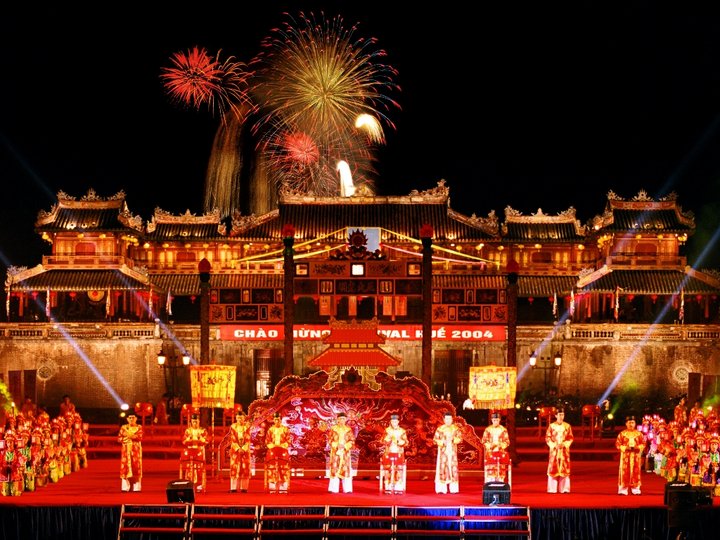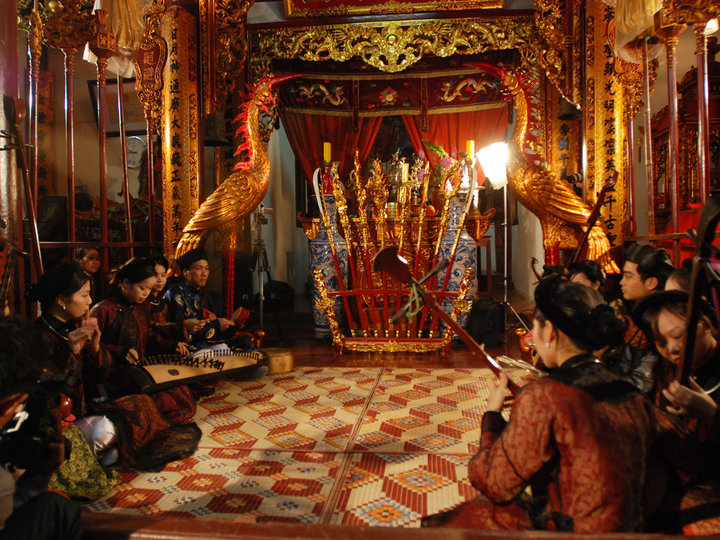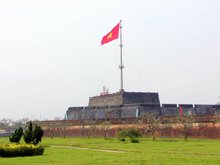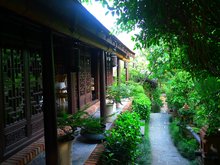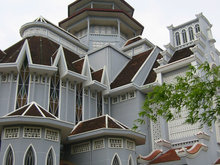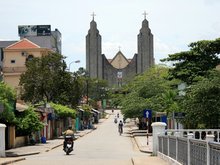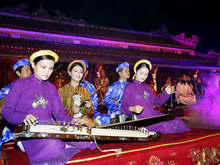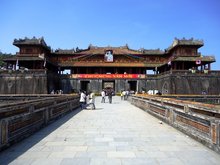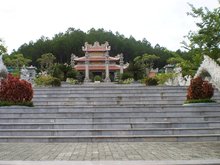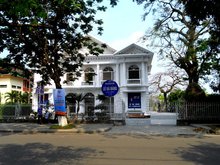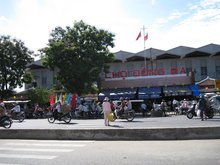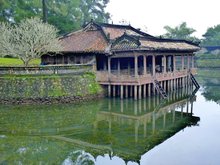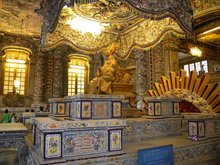Hue Royal Court Music
Hue court music or Nha Nhac Cung Dinh Hue was performed at annual ceremonies, including anniversaries and religious holidays, as well as special events such as coronations, funerals or official receptions, by highly trained and skilled court musicians.
Along with the musicians, a number of intricate court dances also exist. Both musicians and dancers wore elaborately designed costumes during their performances.
While the largest foreign influence on nha nhac came from the Minh Dynasty court of China, later on there were also adapted a few elements from the music of Champa, which the Vietnamese court found intriguing. Instruments commonly used for nhã nhạc include conical oboe, pear-shaped lute with four strings, moon-shaped two-string lute, fretless lute with snakeskin-covered body and three strings, two-stringed vertical fiddle, a bamboo transverse flute, drum played with sticks and other percussion instruments. It is believed that nhã nhạc did not truly reach the pinnacle of its development until the Nguyen Dynasty, when it was standardized. The Nguyen emperors declared it as the official court music, and it became an essential part of the extensive rituals of the royal palace. Nha Nhac is still performed in the old capital of Hue. Nha nhac of Hue court or Nha nhac cung dinh Hue was recognised in 2005 by UNESCO as a Masterpiece of the Oral and Intangible Heritage of Humanity. Extensive efforts have gone underway to preserve this truly unique and highly developed art.


